Wind-powered Cargo Vessel Holds Hope for a Greener Future
Ocean Conservancy
MAY 27, 2022
While a wind-powered cargo vessel may seem like a 19 th Century idea, the Grain de Sail may be a herald of a greener future rather than a nostalgic nod to the past. After agreeing to a very weak short-term measure in November 2020, the discussions last week focused on new measures that could take effect by 2030.


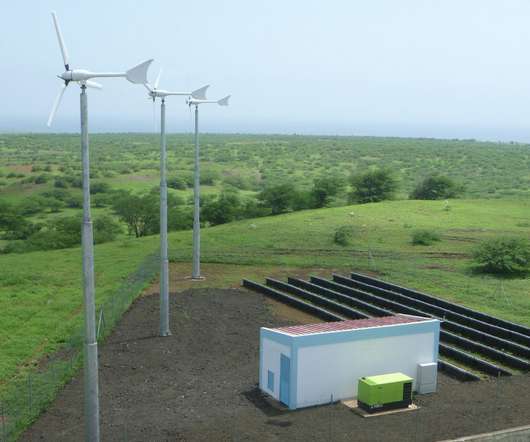

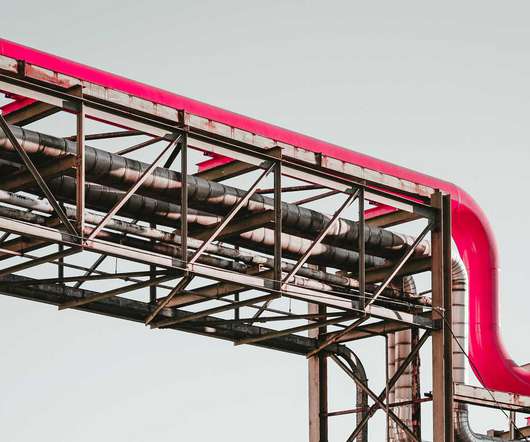

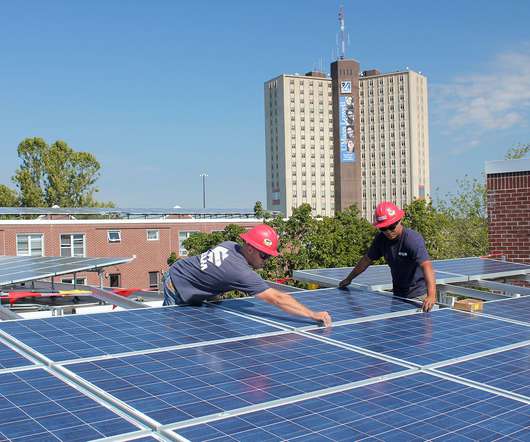
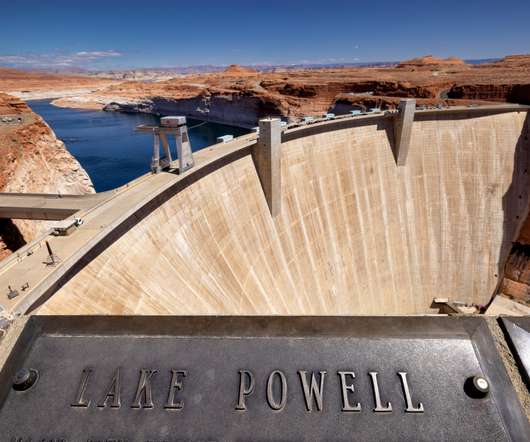


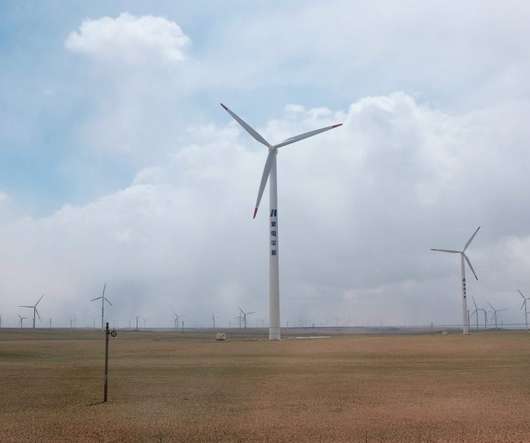
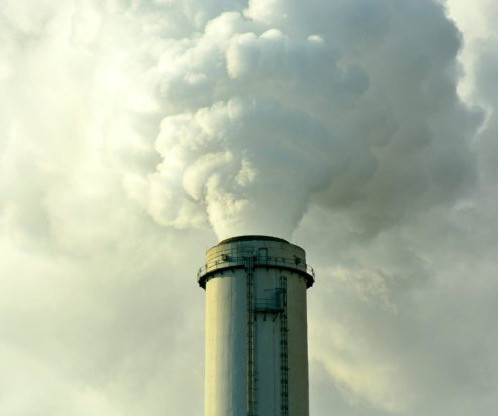

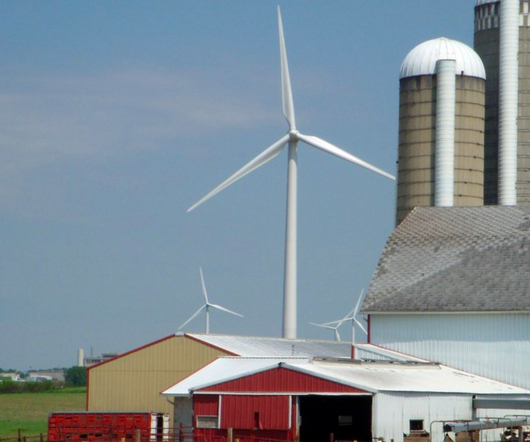
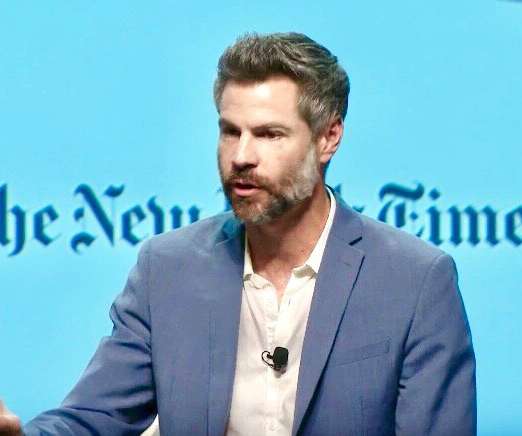






Let's personalize your content